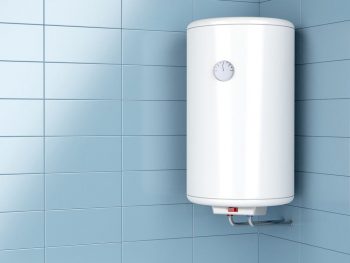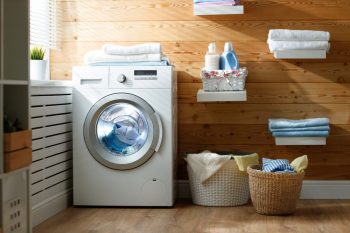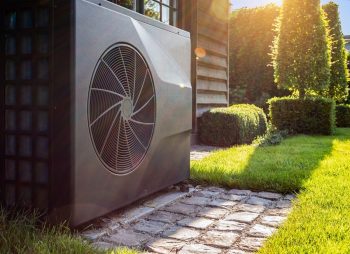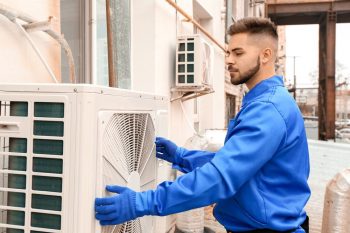
What happens when you use a vacuum without a filter?
Almost all vacuums will turn on and run the motor even when the filter is not attached. If your vacuum can do that, you can use it without the filter.
The primary function of a vacuum filter is to sieve the sucked matter, trapping and absorbing debris. Hence, it cleans the area and purifies the air.
There are countless occasions when you may be forced to use a vacuum cleaner without a filter. Situations like when you need an impromptu cleanup after you’ve just washed your filter and put it out to dry. Also, failing to replace a bin-fitting filter in time could force you to go filterless.
Like any part of a machine, your vacuum filter wears off, needs frequent cleaning, and is replaceable. However, frequently using your vacuum without a filter is not advisable as it makes your vacuum less efficient at sucking the tiniest bits of dust particles and purifying the air around. Prolonged use of a filterless vacuum damages its motor, rendering it useless.
How to use your vacuum without a filter:
- Use it in dry open areas.
- Dust first, then vacuum.
- Use a bagged vacuum.
- Use an alternative homemade filter.
This article will not only explain how you can efficiently use your vacuum without a filter, but it will also inform you on what to use instead of the normal vacuum filter to ensure that you don’t end up damaging your vacuum in the process of using it filterless.
How To Use Your Vacuum Without a Filter
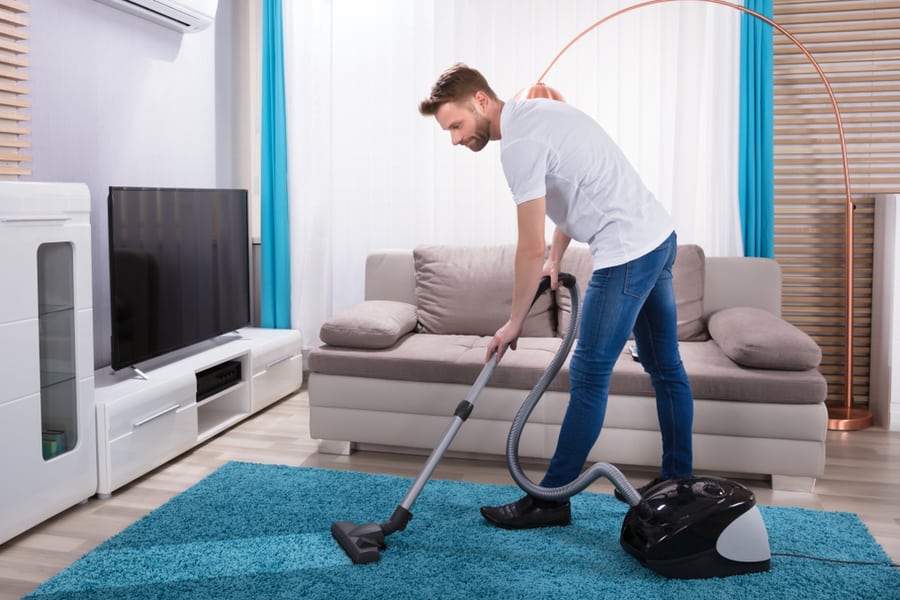
Below are ways you can use a vacuum without a filter.
1. Use It in Dry Open Areas

The filter is a protective sentinel and a functional part of your vacuum. To greatly reduce the risks of damaging your vacuum when you use it without this important component, ensure that you stick to using it in dry open areas.
This protects the vacuum’s vital components, like the motor, from coming into contact with any amount of moisture.
Generally, vacuuming up liquids is dangerous to you as it could result in electrocution. Again, the moisture poses the risk of irreversibly damaging your vacuum.
By opening your windows and doors while vacuuming, fresh air flows inside while the sucked lighter air from your vacuum is displaced from your house, purifying the air inside. Your filterless vacuum ends up functioning like a complete vacuum with a filter, in this case.
2. Dust First, Then Vacuum
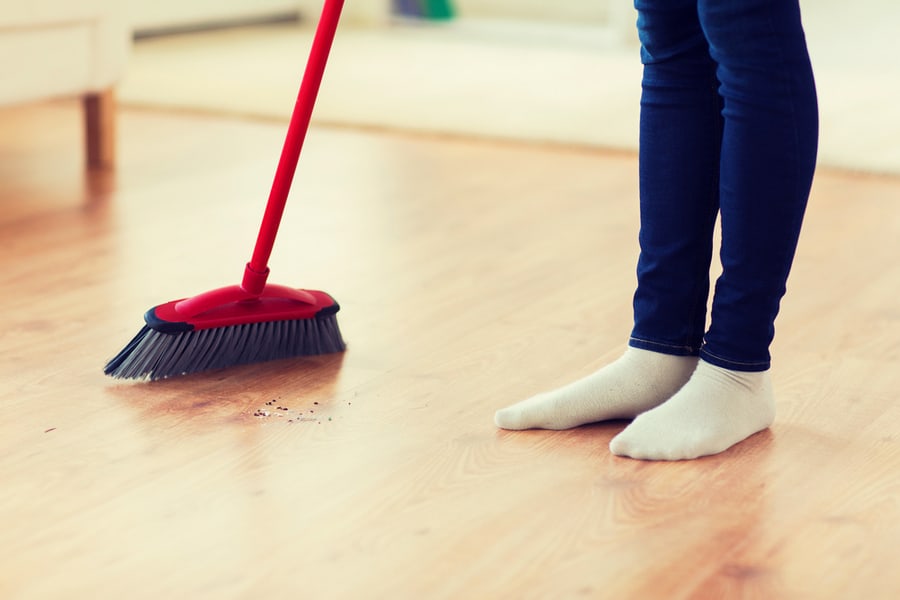
The technique of doing your house cleaning chores in a certain chronological order could benefit your filterless vacuum.
Unlike traditional vacuums that are not as efficient, modern vacuums can suck up debris up to 0.3 microns in size.
Since older vacuums tend to stir up more dust, it is therefore prudent to vacuum first and then clean up after them. However, if you use a modern vacuum without a filter, consider dusting first, then vacuuming.
Also, consider manually cleaning off higher areas and dirtier areas first. This removes a great deal of debris, leaving behind reasonable amounts that will be easy to clean with your filterless vacuum.
3. Use a Bagged Vacuum

You can use a vacuum without a filter if the vacuum has a replaceable bag that collects the debris (dirt and dust particles). When using a bagged vacuum without a filter, there is little chance that the debris will end up strewn all over the place.
Bagged vacuums are also easy to maintain because they already have filtered bags that you only care for by emptying their contents inside litter bins. Additionally, they end up collecting more dirt compared to bagless vacuums.
Using a bagless vacuum without a filter is the ideal recipe for chaos. You will likely have a messier room with dust and dirt. Furthermore, the dusty blowback from a filterless bagless vacuum could be allergenic.
4. Use Any of These Alternatives
When you cannot afford to risk using a filterless vacuum and your vacuum filter is damaged or wet, you can easily make up alternatives with items that work perfectly in the place of your vacuum filter, such as:
Using a Coffee Filter
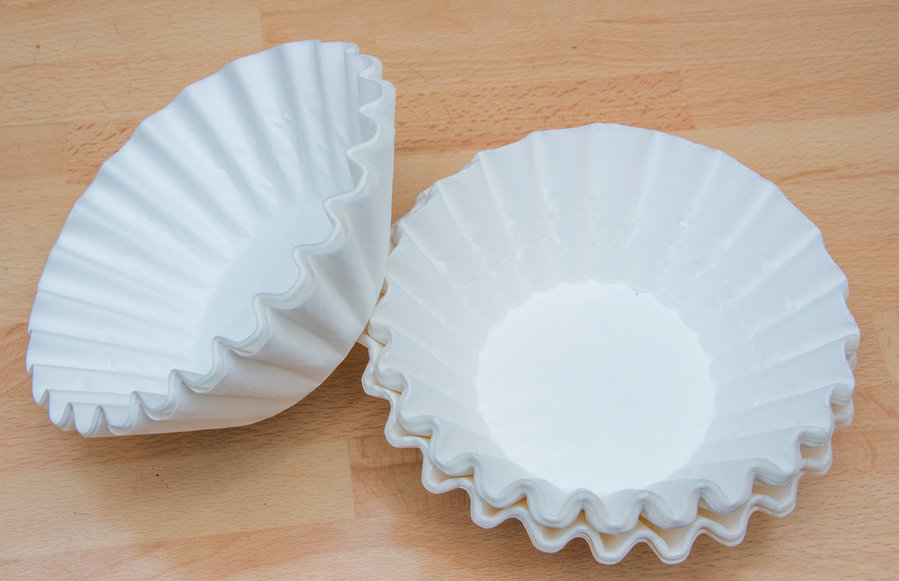
Coffee filters are a multipurpose lot. They are made of quality paper, making them useful in countless ways around your home.
If the risk of damaging your vacuum by using it filterless is unbearable, don’t fret, a coffee filter is all you need to do the trick.
Just find and attach a coffee filter to your vacuum. To do that, open the vacuum’s louvered door, remove the existing filter, and replace it with the coffee filter. The coffee filter will serve as a genuine filter, giving you enough time to find a real vacuum filter.
Using a Drape Cheesecloth
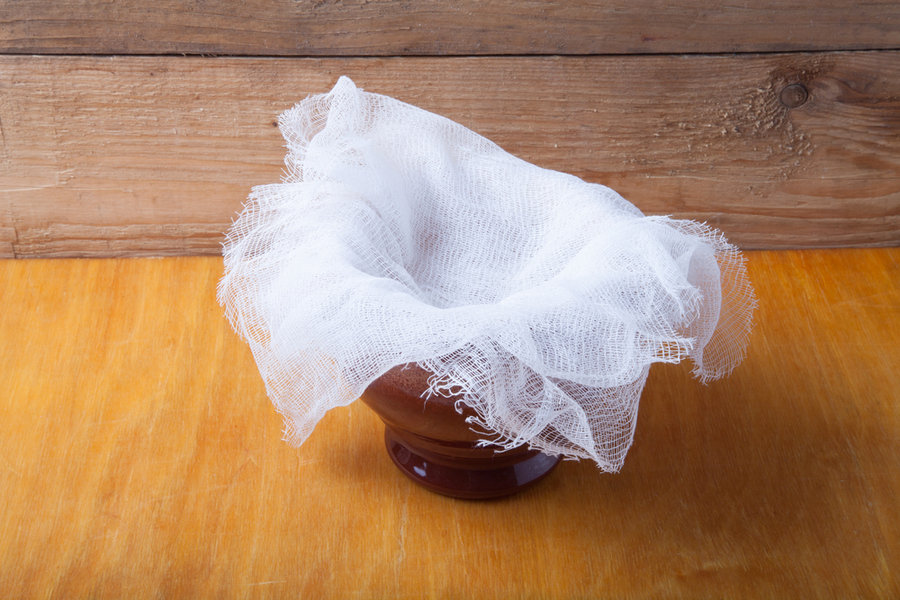
By fastening a piece of cheesecloth in the place of your vacuum filter, it becomes a sieve, purifying sucked air while trapping dirt and dust particles that could have otherwise passed through if you just used your vacuum without a filter.
Using a Sponge

To use a regular sponge instead of your wet or worn-out vacuum filter, remove your filter and place it against the sponge. Carefully trace and cut out the sponge, then insert the sponge into the filter compartment.
Conclusion
Like any other machine, vacuum filters require proper maintenance to remain in pristine condition and serve you efficiently. When you occasionally use your vacuum without the filter, you expose it to all kinds of damage, making it inefficient and unusable.
Similarly, failing to routinely maintain your vacuum will make it perform poorly. A malfunctioning vacuum poses risks to your health and pockets as well. So it’s true that you can use a vacuum without a filter, but it is not recommended.
Frequently Asked Questions
Can You Vacuum With a Wet Filter?
Using moist or wet filters on most vacuum models is not advisable. This is because moisture could easily destroy the motor by short-circuiting the vacuum. Besides, moisture provides ideal conditions for molds to grow inside the vacuum.
It is wise to use the correct type of vacuum for wet conditions, which in most cases, is a wet-dry shop vacuum model. It can withstand moist filters since its capabilities are far greater than those of the normal home vacuum.
What Is a HEPA Filter?
HEPA is an acronym that stands for High-Efficiency Particulate Air. According to the United States Environmental Protection Agency, HEPA is a type of air filter that can remove at least 99.97% of dust, pollen, mold, bacteria, and any airborne particles with a size of 0.3 microns. They are very common on most modern vacuum filters.
What Will Happen if I Don’t Replace My Vacuum Filter?
Failure to replace or clean your vacuum filter at the appropriate time (within 3–6 months) allows debris to pile up and block your filter. At first, this impedes the proper working of your vacuum by reducing its power. A blocked filter thus strains the vacuum’s motor, which eventually breaks down.

